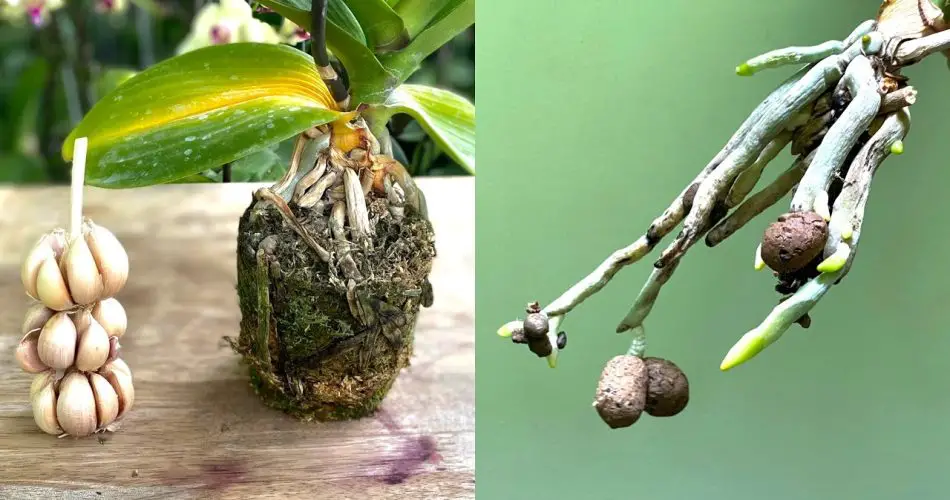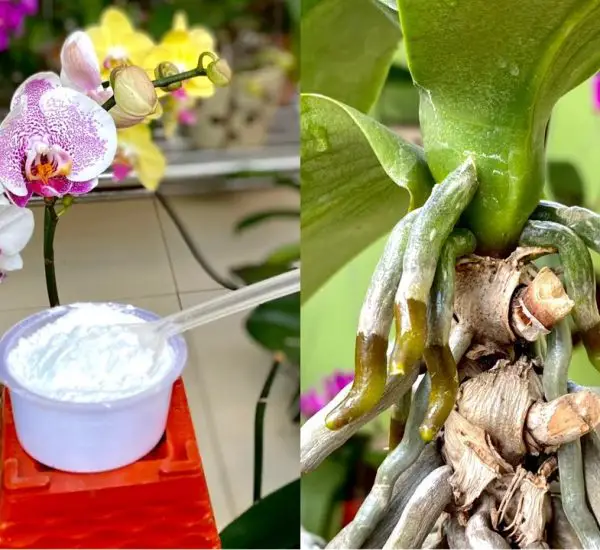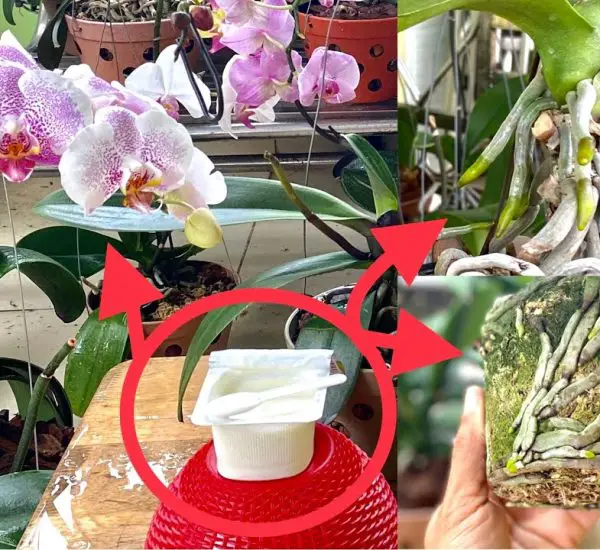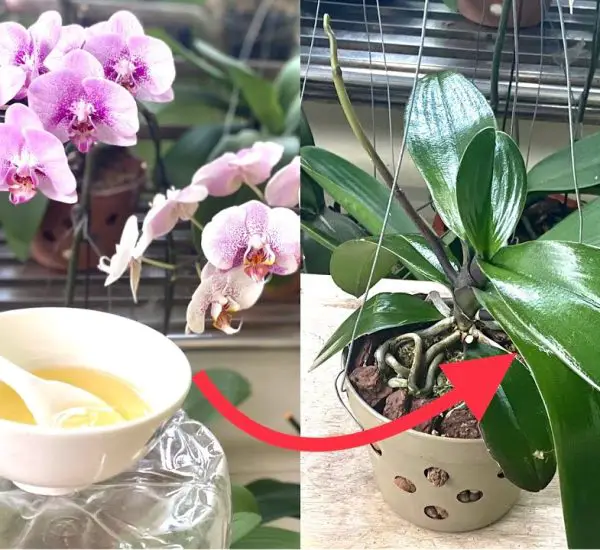1. Removing Old Planting Material and Damaged Roots:
When dealing with orchids showing signs of distress such as yellow leaves and extensive root damage due to fungal infections, the first step is crucial. Remove all the old planting material as the roots have likely been compromised by fungal diseases. Trim away blackened petioles where bacteria and fungi thrive, ensuring a clean slate for the orchid’s recovery. To further mitigate the damage, cut off all visibly damaged roots, leaving the plant with a fresh start.
2. Garlic Treatment for Antibacterial Recovery:
A natural remedy involving garlic comes into play for its potent antibacterial and antiseptic properties. Create a solution by placing a small clove of garlic in filtered water, providing an effective antibacterial spray. Apply the garlic-infused water evenly on the entire plant, balancing and disinfecting the orchid. To enhance recovery in changing weather conditions, wipe both sides of the leaves with garlic juice and allow the orchid to soak in the solution for 30 minutes. This garlic treatment not only aids in recovery but also helps the roots absorb essential nutrients, fostering a healthier foundation.
3. Dry Replanting for Quick Recovery:
Following the garlic treatment, embark on a dry replanting process to expedite the orchid’s recovery. Avoid watering for the initial three days to allow the pot to dry and the plant to recuperate. Place the orchid in a cool, well-lit location, facilitating a speedy recovery. After three days, introduce controlled watering to maintain pot humidity. Utilize the remaining garlic water to nurture the orchid during its growth stage, fostering accelerated root development. This strategic approach ensures that the orchid not only recovers but thrives in the long run.
4. Patience and Healthy Root Development:
After implementing the restoration method, observe the orchid’s progress with patience. Understand that leaves near the base may initially dry and yellow, which is a normal part of the recovery process. This occurrence allows the plant to redirect its energy towards root development. The revived roots showcase a healthy outcome, emphasizing the effectiveness of this straightforward approach. With a careful and patient approach, orchid enthusiasts can witness the rejuvenation of previously damaged orchids, setting the stage for successful replanting.
This comprehensive method, involving the removal of old material, garlic treatment, dry replanting, and patient observation, provides a reliable solution for restoring orchids plagued by yellow leaves and damaged roots. Following these steps ensures not only recovery but the establishment of a robust foundation for future growth.



